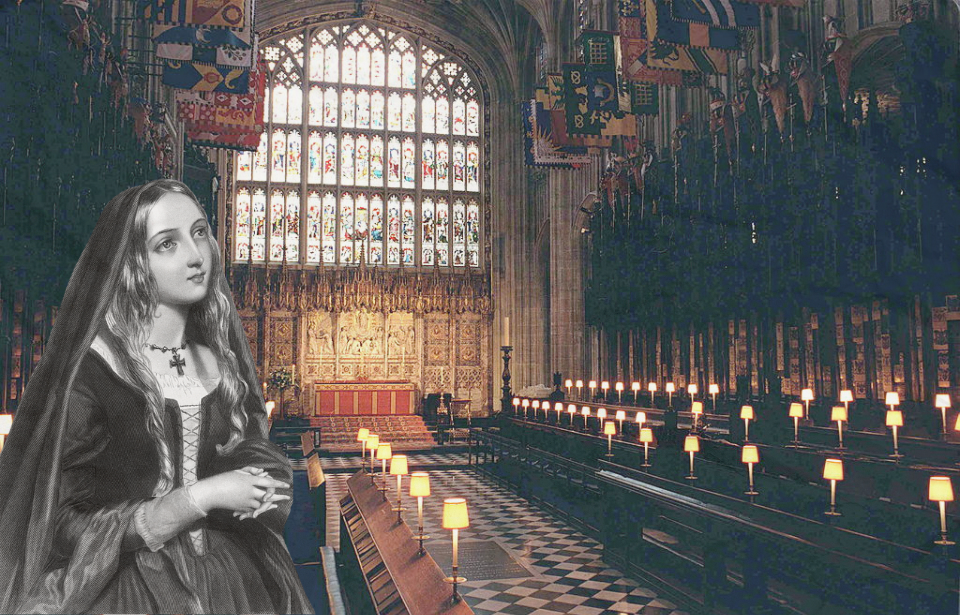Best known as the wife of King Edward IV, Elizabeth Woodville is a fascinating figure in her own right. She served as Queen Consort of England from 1464 to 1470 and again from 1471 to 1483, but was previously married to a minor Lancastrian knight during the War of the Roses. From the supernatural to the sorrowful, these are eight amazing facts about the true first Queen (Consort) Elizabeth.
Elizabeth Woodville was deeply loved by her husband
Elizabeth Woodville’s first husband, Sir John Grey of Groby, was killed during the Second Battle of St. Albans in 1461, leaving her as a widow. Yet she soon captured the attention of the most eligible bachelor in the land: King Edward IV. She was five years older than him but was said to be exceptionally beautiful. It’s not clear when she first met the king, as she may have known him in passing before she was widowed.
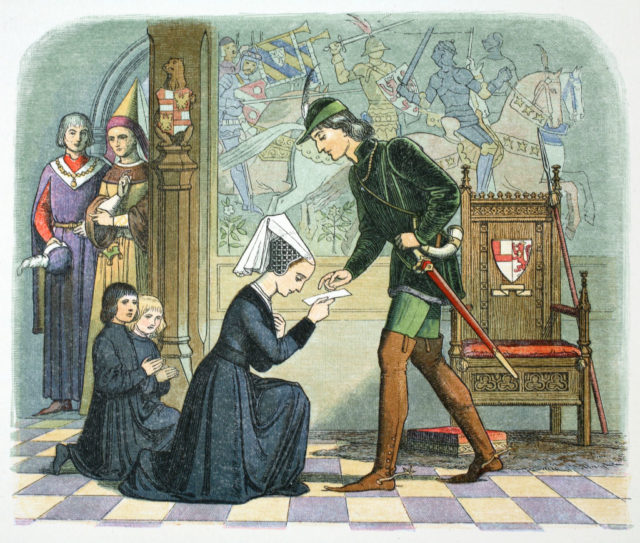
One legend states that the two initially met under a tree in Whittlebury Forest in April 1464. Whether or not this story of their first meeting is true, it is believed he cared for her deeply. This is especially so because she was not an ideal choice for a wife – previously married, not a royal, no international connections, and no money. They married in secret sometime before September 1464.
As Edward belonged to the House of York, which had a white rose as its emblem, Woodville became known as the “White Queen.”
She was a firm believer in higher education
Following their marriage, and before her coronation, Woodville took it upon herself to provide funding to one of the scholarly institutions of the time, Queens’ College in Cambridge. Although she didn’t establish the institution – this claim went to Margaret of Anjou – she did breathe new life into the school.
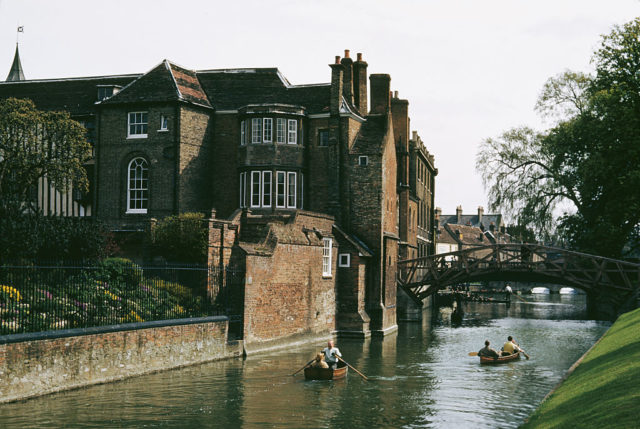
She organized the college’s first statutes in 1475. These outlined what the scholars studying there would be paid, and what their responsibilities were. As the institution was no longer prosperous at the time Woodville took it under her wing, she is recognized by Queens’ as their “true foundress by right of succession.”
Her coronation was full of artful propaganda
Woodville was made queen consort on May 26, 1465, at Westminster Abbey, the location of every English Coronation since 1066. This occasion was used as an opportunity to portray her in a very specific light and to counter some negative feelings toward her. In particular, she had been married before and already had sons with Grey so was evidently not a virgin.
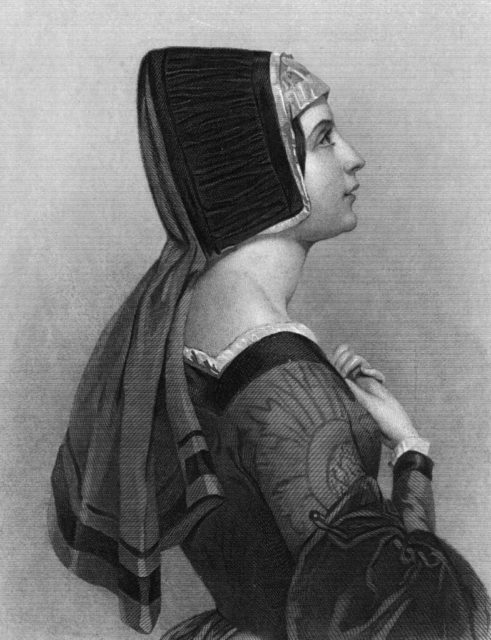
In order to change public perception, her clothing and style were very carefully chosen. Most illustrations from the time show her wearing blue robes with her hair loose, rather than tied up like was common for married or widowed women. Scholars believe this was simply propaganda to make her look more like the Virgin Mary and a more appropriate choice for queen.
She had magic powers (according to her enemies)
Despite the royal efforts to convince the English that Woodville was an ideal queen, there were many who still disliked the woman. George Plantagenet, Duke of Clarence, went so far as to try and slander her by starting rumors that she was a witch. The claim was made many times throughout her time as a royal, yet it appears that there were no actions taken against her for it.

Part of the claim was that Woodville’s mother was actually a water spirit who had seduced a nobleman into marriage. Allegedly, she and her daughter used witchcraft to get Edward IV to fall in love and bring his new wife into the royal family. While there was certainly no truth to the claim that Woodville herself was supernatural in any way, it wasn’t outside the realm of possibility to those who disliked her.
She lost most of the people she loved
Woodville had two sons from her earlier marriage, Thomas and Richard, but also had numerous children with Edward IV: Elizabeth, Mary, Cecily, Edward, Margaret, Richard, Anne, George, Catherine, and Bridget. Although she experienced the joys of a large family, Woodville also went through the devastation of losing most of the people she loved. It began with her first husband, who was tragically killed in battle.
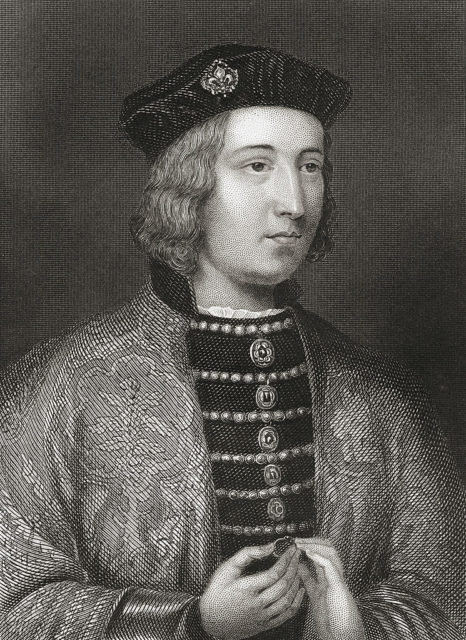
He wasn’t the only one she lost during the war, however, as her father and brother were both beheaded after a particularly bad loss. Her son George died at only two years old. Edward IV died at 40, leaving her widowed for a second time and vulnerable to the schemes of those who wanted the throne for themselves. Richard III ordered another of her brothers, and Richard Grey, to be killed.
Her sons were at the center of one of history’s famous mysteries
Elizabeth Woodville’s losses did not end there. Following her husband’s death, Richard III took her sons Richard and Edward, the only two remaining sons of the former monarch and therefore heirs to the throne, under his protection in the Tower of London. The Princes in the Tower, as they became known, were never seen alive again. This prompted one of the biggest historical mysteries.
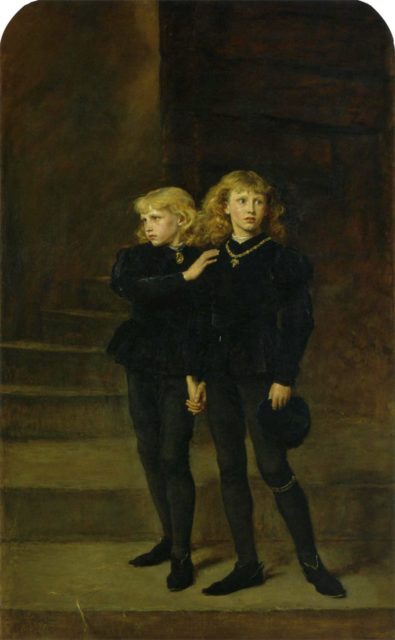
It is generally believed that they were murdered by Richard III so that he could claim the throne for himself without the boys getting in the way. Others wholeheartedly believe that they escaped. Although it has not been confirmed as the princes, a box containing two children’s skeletons was found in the tower in 1674 and buried as if they were Richard and Edward.
She may have died from the Black Plague
After losing many members of her family, Woodville herself died at Bermondsey Abbey on June 8, 1492. Despite her status as a dowager queen, a high-ranking royal, she was given a very small funeral which was attended by most of her surviving children. She didn’t, however, receive the funeral rites which were generally granted to someone of her status. Some scholars believe that this was because she died of the Black Plague.
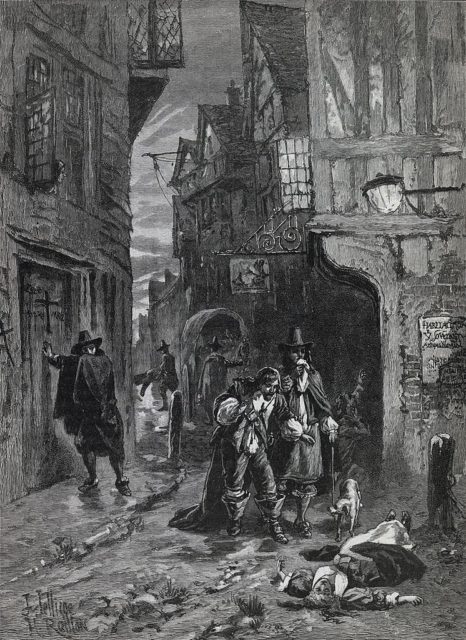
According to a letter written by the Venetian ambassador to London, “The Queen-Widow, mother of King Edward, has died of plague, and the King is disturbed.” Although not explicitly stated, it seems most likely that Elizabeth Woodville is the woman this referenced, and “the King” was Henry VIII, who was notoriously scared of disease. This is also the only explanation found for her cause of death so far.
She was buried in the same chapel as Queen Elizabeth II
Following the small funeral ceremony, Woodville was buried at St. George’s Chapel at Windsor Castle, the same location where Queen Elizabeth II was buried in 2022. This has been the final resting place for many English royals throughout the years, meaning there are multiple burial locations within the structure.
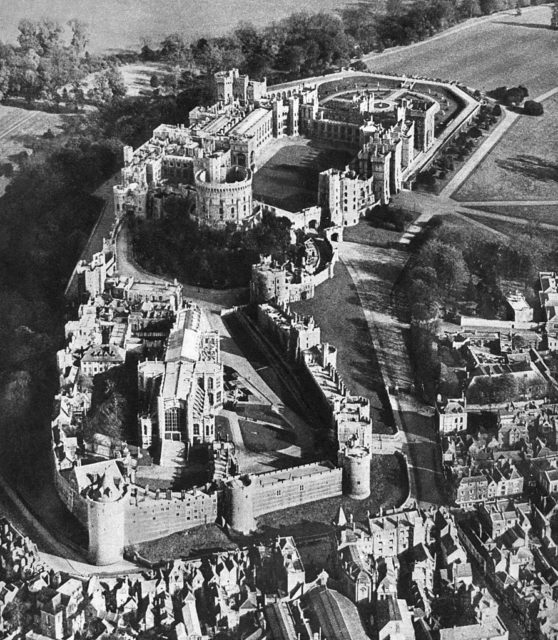
More from us: Mary Boleyn Had An Affair With Henry VIII Before He Married Her Sister
Queen Elizabeth II was interned in the King George VI Memorial Chapel while Elizabeth Woodville, Edward IV, and many of her children were buried in the altar.
